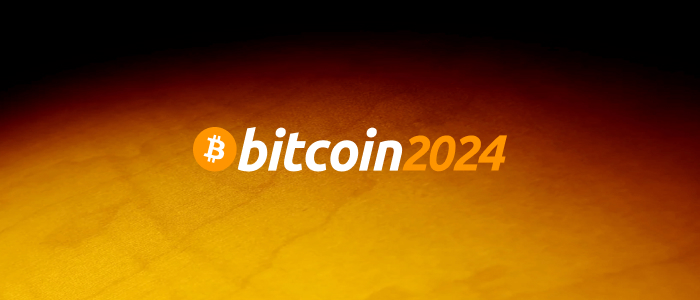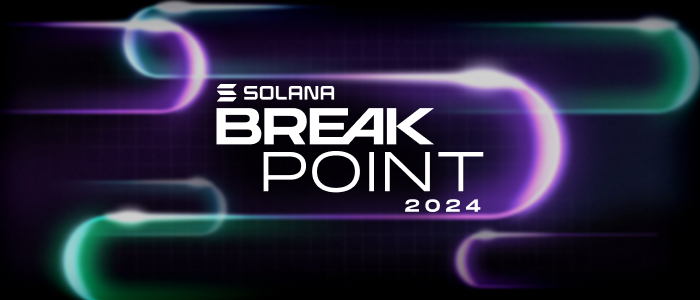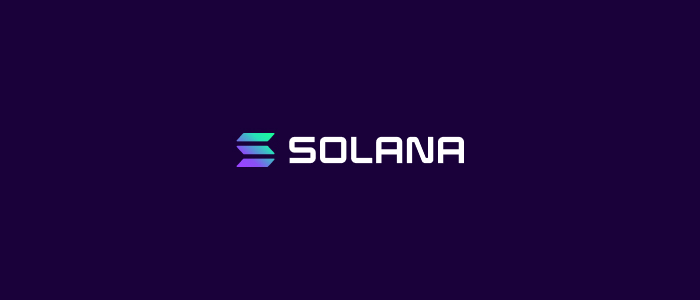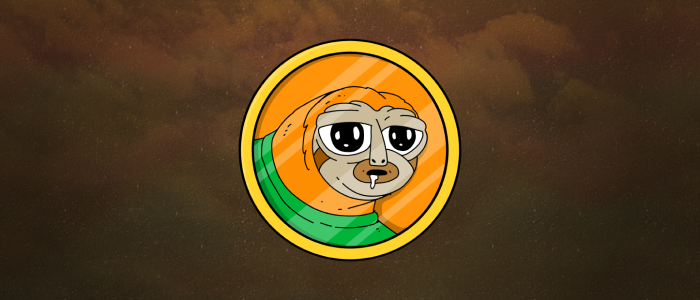Disclaimer: The content is for informational purposes only. You should not construe any such information or other material as legal, tax, investment, financial, or other advice.
The ranking investment strategy is one of the approaches that could be applied to crypto assets. Daily trading and market timing are outside the scope of this article. This strategy adheres to the following model:
- This is a passive investment strategy that involves holding one or more crypto assets.
- The strategy aims to predict which crypto assets will rise in terms of market capitalization ranking or other rankings, such as daily trading volume. Rankings can be combined to create a new ranking. Existing index funds are defined to follow rules and assume that the market is efficient, and a market basket of assets is sufficient. Here, we focus on predicting crypto assets movements within or outside an index subset.
- The strategy does not consider the individual asset price, but rather the total crypto market capitalization or other rankable metrics. A crypto asset’s ranking may increase even if its price decreases.
- Volume is an important metric, but an asset’s volume could grow in the future. For example, selecting only the top 100 crypto assets sorted by daily volume leaves you with assets of very low volume at the bottom. This means that there are relatively few crypto assets with significant volume, and you would easily influence the market for most of the listed ones.
- The strategy could give you an edge in the attention economy, as analysts tend to focus on the more obvious crypto assets and may not pay sufficient attention to the long tail.
- There is a potential endgame where very few technologies win, or Web3 crypto transforms into something entirely different. The question is whether we are experiencing just another cycle or reaching the end of the game.
TL;DR This article provides insights into analyzing crypto assets and encourages readers to create their own rankings. One tip is to explore interesting assets, including those that have not yet been created. For example, we are currently examining Sui and reevaluating Algorand, which has dropped to the top 50. Algorand boasts one of the best technologies in the industry, with a top-notch research and development team. CoinFabrik is also involved in the MEGA-ACE program (Multidisciplinary Educational Global Alliance for Algorand Center of Excellence).
It is crucial to acknowledge Chris Burniske’s original 2017 article Cryptoasset Valuations from 2017 as a solid foundation for understanding the principles. We would also argue that these principles are quite general and apply to both centralized and decentralized technologies. Decentralization influences velocity variables, but real-time transactions in exchanges mitigate this issue. The sarcastic might claim that these principles apply even when trading beans as a currency or tokens from a database.
When considering this strategy, focus solely on rankings. Investors anticipate that if the total crypto market rises, the price of these assets will be accelerated by the ranking movement component. For instance, betting on the flippening is a ranking investment strategy centered on Bitcoin and Ethereum. Historical charts can be found on Flippenning Watch. In the flippening, we discuss only the top two assets. The probability of these two positions swapping is much lower compared to other assets in lower positions.
The devil is indeed in the details: how can we predict which assets will move up in the ranking?
The first answer is probabilistic: there is more room for movement at the bottom of a ranking than at the top (e.g., the flippening), but the pressure at the top which makes it easier for assets to gravitate towards lower positions.
Next, you can adopt a due diligence approach for the project, incorporating technical aspects from Fundamental Analysis of Web3 Technologies. Adopting a dialectical approach is also crucial: consider the reasons to invest or not invest in crypto assets like Dogecoin? Is it because Elon Musk is involved? What about Shiba Inu? At CoinFabrik we witnessed Dogecoin’s price growth firsthand as we were working on the Dogethereum bridge. We were only involved in research and development, but people interpreted our work as a signal that the cryptocurrency’s value would increase in the future.
Applying fundamental analysis to crypto is possible, as it involves examining various factors such as technology, team, use cases, and market conditions. However, the crypto market’s volatility and speculative nature sometimes require an investor to think like a gamble. Poker, although categorized as gambling, is also a game of skill. Similarly, investing in crypto requires a blend of analytical skills and an understanding of the inherent risks and market dynamics.
Even if crypto investing is considered gambling, there is a factor not present in traditional casino games: the time variable of holding. Holding roulette chips has no effect on their value, while in crypto markets, prices change in time. By holding crypto assets for a longer duration, investors can potentially benefit from market fluctuations and price appreciation, making it a unique aspect compared to classic gambling games.
If you had purchased a small amount of Bitcoin at its initial price of just cents, you could potentially be a millionaire today in dollars. Formally, you would become a millionaire in dollars if you sold the equivalent amount of Bitcoin at the right time. Since Bitcoin and other cryptocurrencies experience fluctuations, your fortune—calculated in dollars—will change with market trends and will not remain constant until you decide to sell.
In Web3 for Skeptics, Janice presents arguments about the potential future of decentralized technologies, focusing on the technology rather than the financial aspects of the crypto market. She also points out that even well-known crypto investing professionals and influencers experience losses in bear markets, as the overall crypto market capitalization diminishes. However, this analysis does not consider the fact that stablecoins, such as Tether, are part of the market capitalization and may not have been used effectively as a safety measure. In terms of volume, Tether actually leads the market, despite Bitcoin being at the top of the market capitalization ranking. Moreover, Tether liquidity exists across multiple blockchain technologies. It is important to note that our analysis is based solely on publicly available information and does not make assumptions about insider trading or wash trading.
The following are the initial variables to analyze:
- Current ranking position by market capitalization
- Liquidity
- TVL
- Regulatory restrictions (e.g. privacy coins such as Monero)
- Categorize assets into three subsets: those that do not add any technological innovation (e.g., Dogecoin and Shiba Inu), those that initially provided an innovative edge (e.g., Bitcoin, Ethereum, Solana, Algorand, and Avalanche), and those related to gaming. We are excluding stablecoins and NFTs from this analysis. dApps are part of this analysis strategy. Stablecoins require specific analysis due to their underlying collateral and relationship with CeFi systems, as seen with USDC, and dependent assets like DAI.
- Consider dApps’ unique variables. For example, note that Uniswap and 1Inch are relatively far from the top in terms of daily volume as crypto assets, but they rank in the top 5 in dApps usage.
- Check if the asset’s underlying codebase was security audited.
- Examine the governance and custody model. For instance, if it is a DAO, is power democratically distributed?
- Check the funds raised by VCs in Crunchbase
- Assess the number of members in social networks, as well as their discussions’ graph and depth. Be aware that participants could be artificially inflated by bots or paid individuals. Technologies like ChatGPT accelerate the creation of artificial members. Keep in mind that interesting projects may start with a low number of participants.
- Benchmark public information activity and roadmap progress. A project could have good metrics but poor execution. It’s worse when a project receives substantial funding but fails to capitalize on the opportunity cost beyond the capital involved.
- Determine if the asset is listed on a top cryptocurrency exchange?
- Check whether there are on-ramps and off-ramps in various jurisdictions or existing pairs with top assets.
- Identify the market makers?
- Determine if the asset is already listed or set to launch soon. Is this asset based on recent scientific research? For example, CoinFabrik compiled and categorized blockchain research resources in the past, including Algorand, which launched its mainnet in 2019. We shared this compilation with the public and VCs such as Union Square Ventures. Google Scholar is a key resource for researching this.
- Separate the drama (e.g. hacks) from the technology behind.
In the meantime, there are still plenty of opportunities to uncover hidden gems in the world of crypto, such as analyzing up-and-coming projects like Sui or discovering promising assets that fall outside the top-100 in terms of market capitalization. By staying up-to-date with the latest research and developments in the field, we can increase our chances of finding the next big thing in crypto and achieving financial success. I recommend reading “SoK on Blockchain Evolution and a Taxonomy for Public Blockchain Generations.”
As the blockchain space continues to evolve, with new public blockchain generations and crypto assets emerging all the time, it’s easy to wonder where the next Warren Buffetts and Charlie Mungers of the crypto world will come from. These two legendary investors were born in the early 20th century and have continued to invest successfully for decades. Perhaps, as the crypto industry matures, we will see a new generation of investors emerge who can match their long-term success. This will likely involve less gambling.
In the meantime, there are still opportunities to uncover hidden projects in the world of crypto, such as analyzing up-and-coming projects like Sui or discovering promising assets that fall outside the top-100 in terms of market capitalization. By staying up-to-date with the latest research and developments in the field, we can increase our chances of finding the next big thing in crypto and achieving financial success. I recommend reading SoK on Blockchain Evolution and a Taxonomy for Public Blockchain Generations.
From a technological perspective, the Sui project’s whitepaper does not explain the consensus protocol to be used, instead relying on others’ research, such as Narwhal and Tusk: A DAG-based Mempool and Efficient BFT Consensus. Additional information and a comparison with Aptos are also available in Aptos & Sui Overview – New generation blockchain race. In contrast, Algorand boasts one the most solid layer-1 scientific foundations and has been publicly praised by Vitalik Buterin from Ethereum.
From a technological perspective, the Sui project’s whitepaper does not explain the consensus protocol to be used, instead relying on others’ research such as Narwhal and Tusk: A DAG-based Mempool and Efficient BFT Consensus. Additional information and a comparison with Aptos can be found in the Aptos & Sui Overview – New Generation Blockchain Race. In contrast, Algorand boasts one of the most solid layer-1 scientific foundations and has been publicly praised by Vitalik Buterin.
“Holding” can indeed be a good strategy, assuming that the asset’s value will increase at some point in the future. However, this approach requires discipline to decide when to sell and how to manage emotional factors. Additionally, considering the difficulty of predicting short-term prices, it’s interesting to note the 2013 Sveriges Riksbank Prize in Economic Sciences in Memory of Alfred Nobel and the article This Year’s (2013) Nobel Prize in Economics Was a Big, Fat Critique of Financial Media.
The 2013 Nobel Prize in Economic Sciences was awarded to Eugene Fama, Lars Peter Hansen, and Robert Shiller for their empirical analysis of asset prices. Their work highlighted the unpredictability of short-term asset price changes, emphasizing the importance of understanding market efficiency and price formation mechanisms. This award serves as a reminder that predicting short-term price movements in financial markets, including the crypto market, is inherently challenging and that investors should focus on long-term trends and strategies.












